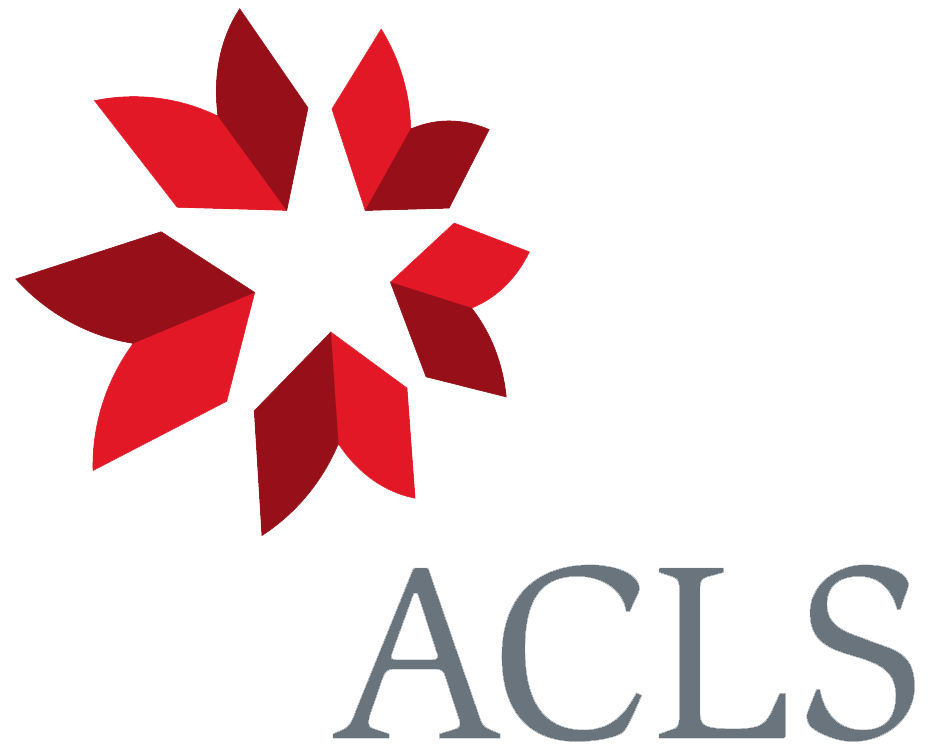To Daniel Oliver [17 September 1862]1
Cliff Cottage | Bournemouth
Wednesday Evening
Dear Oliver
I am sorry you had trouble of writing two notes,2 but I thank you sincerely for the flowers of Lythrum, which I shall carefully examine with great interest.3 Unless L. hyssopifolium presents 2 or 3 forms (which I do not believe) I am astounded at D. C. speaking of L. Graefferi as possibly the same as L. hyssop.4 They are totally unlike!— I am truly obliged for the specimens, for I feel a strange interest in this case. As you say it will be laborious to prove the case;5 but before I left home, I castrated marked, & fertilised in 18 methods above a hundred flowers, & protected them from insects.—6
I am much obliged for your Photograph.;7 I have none to match of myself, but I have one made by my son, which I will send when at home if you care to have it.8 Thanks, also, for diagram of Compositæ, in which the “&c.” means I fear that all cases are not represented.9 By chance the day before I was looking at the marygold & was puzzled by the apparently different stigma of the ray florets which, do not seem to produce seed.— But a man must be a Botanist to think about so gigantic an order: moreover it would be hardly possible to experiment by crossing.
Thanks again about Bolle or Rolle; which I will ascertain, when I get my copy from Lyell:10 I fancied from some remarks that he might be a Botanist; but my wife11 read it Rolle as well as I did.—
Having nothing on earth to do here, I have been working a little bit at the never-ending Drosera: as the glands absorb so readily & the Hairs move so rapidly under certain stimulants, it seemed a good opportunity to test how far this plant was sensitive to various vegetable substances, which are known to act energetically on the nervous system of animals.12 As yet I can make out no sort of rule; but the difference in action is very great. Thus, strychnine produces no effect; belladonna causes movement, as does veratrine; Henbane does not cause movement, but does not in the least check subsequent & immediate action of meat.— Opium on the other hand, does not cause movement, but afterwards meat instead of causing movement in less than one minute, does not act for 2, or 3 or 4 hours—it puts the plant to sleep! I wonder whether analogous experiments have been tried on other plants; but anyhow I shall go on, as it amuses me & passes the time.
But why do I waste your time?— I suppose for same reason it amuses me & passes the time, so forgive me & believe me, Yours very sincerely | C. Darwin
Footnotes
Bibliography
Calendar: A calendar of the correspondence of Charles Darwin, 1821–1882. With supplement. 2d edition. Edited by Frederick Burkhardt et al. Cambridge: Cambridge University Press. 1994.
Candolle, Augustin Pyramus de and Candolle, Alphonse de. 1824–73. Prodromus systematis naturalis regni vegetabilis, sive enumeratio contracta ordinum generum specierumque plantarum huc usque cognitarum, juxta methodi naturalis normas digesta. 19 vols. Paris: Treuttel & Würtz [and others].
Correspondence: The correspondence of Charles Darwin. Edited by Frederick Burkhardt et al. 29 vols to date. Cambridge: Cambridge University Press. 1985–.
Insectivorous plants. By Charles Darwin. London: John Murray. 1875.
Rolle, Friedrich. 1863. Chs. Darwin’s Lehre von der Entstehung der Arten im Pflanzen- und Thierreich in ihrer Anwendung auf die Schöpfungsgeschichte. Frankfurt: J. C. Hermann.
Summary
Performed a large number of Lythrum crosses before leaving home.
Working on Drosera for amusement. Has tried effect on plants of vegetable substances active on animal nervous systems, e.g., opium; makes Drosera inactive for hours.
Letter details
- Letter no.
- DCP-LETT-3709
- From
- Charles Robert Darwin
- To
- Daniel Oliver
- Sent from
- Bournemouth
- Source of text
- DAR 261.10: 36 (EH 88206019)
- Physical description
- ALS 6pp
Please cite as
Darwin Correspondence Project, “Letter no. 3709,” accessed on 20 April 2024, https://www.darwinproject.ac.uk/letter/?docId=letters/DCP-LETT-3709.xml
Also published in The Correspondence of Charles Darwin, vol. 10


